Conserving Agricultural Biodiversity: Understanding a complex problem and developing participatory solutions
The conservation of biodiversity in crop plants is crucial for food security and the resilience of agricultural systems in the face of change, including climate change and the emergence of new pests and diseases.
There are two main approaches to the conservation of crop biodiversity – in situ approaches that seek to conserve biodiversity on farms and through ongoing cultivation of a range of varieties, and ex situ approaches in which seeds of different varieties are preserved in gene banks for future use and development.
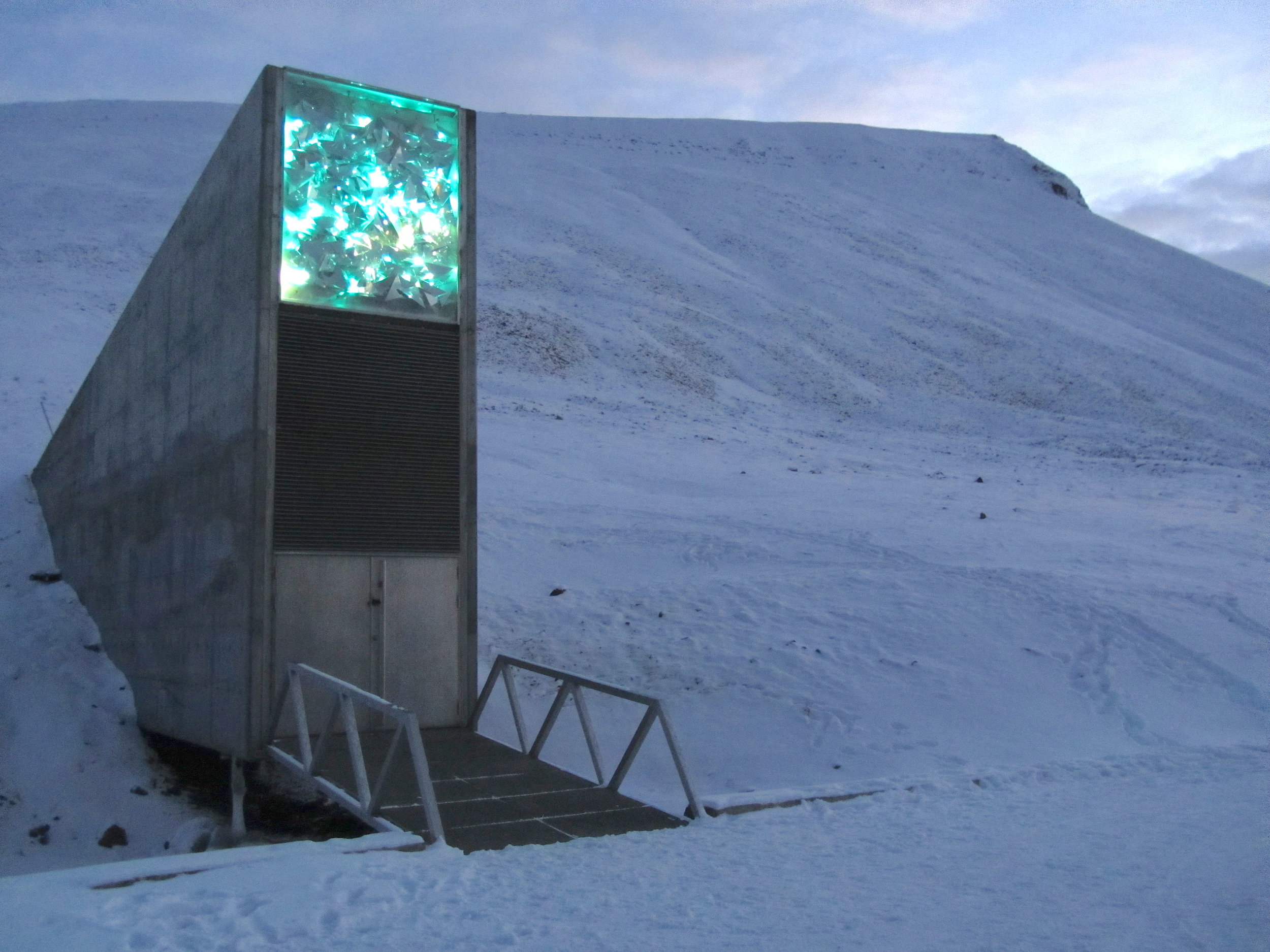
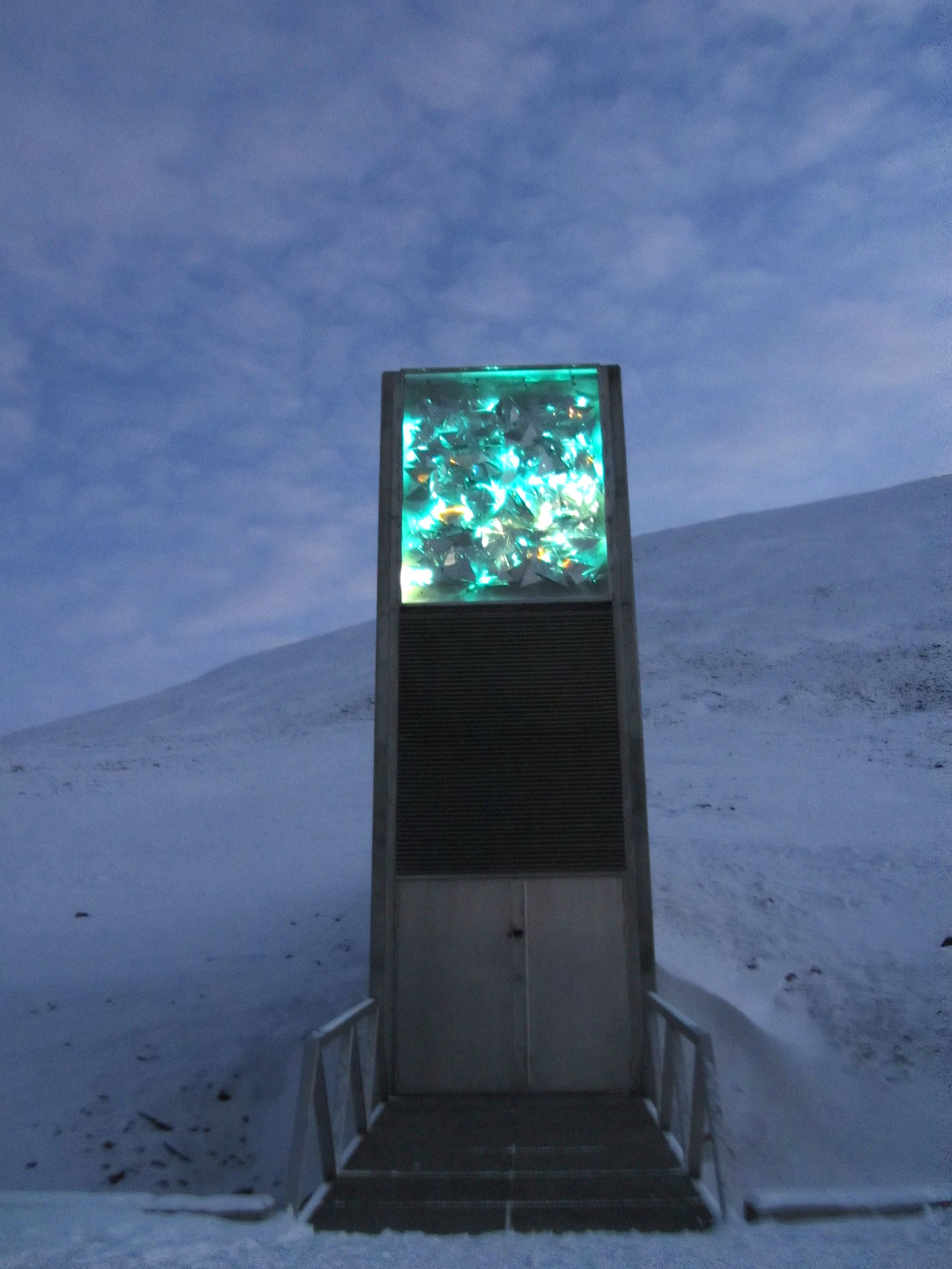
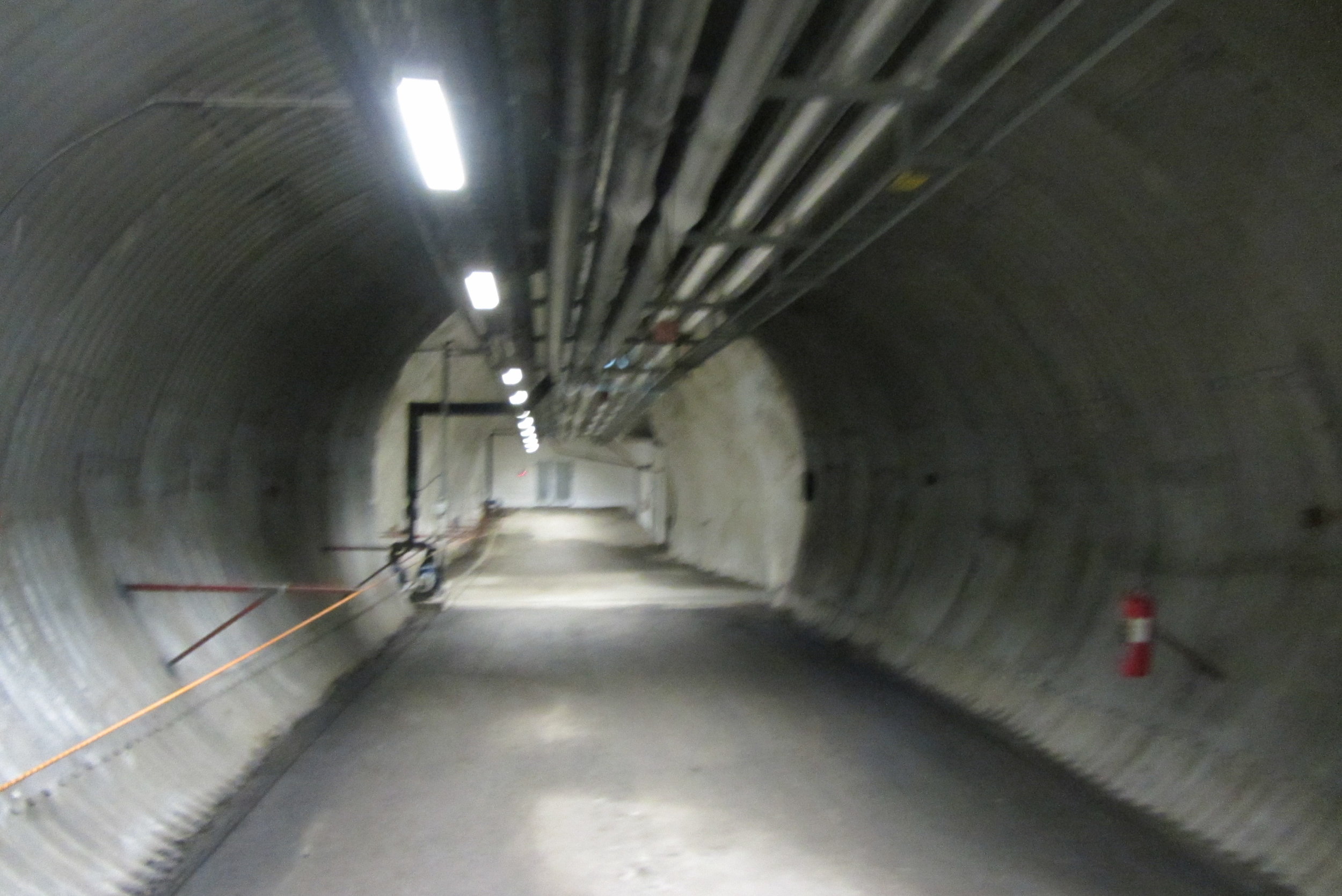
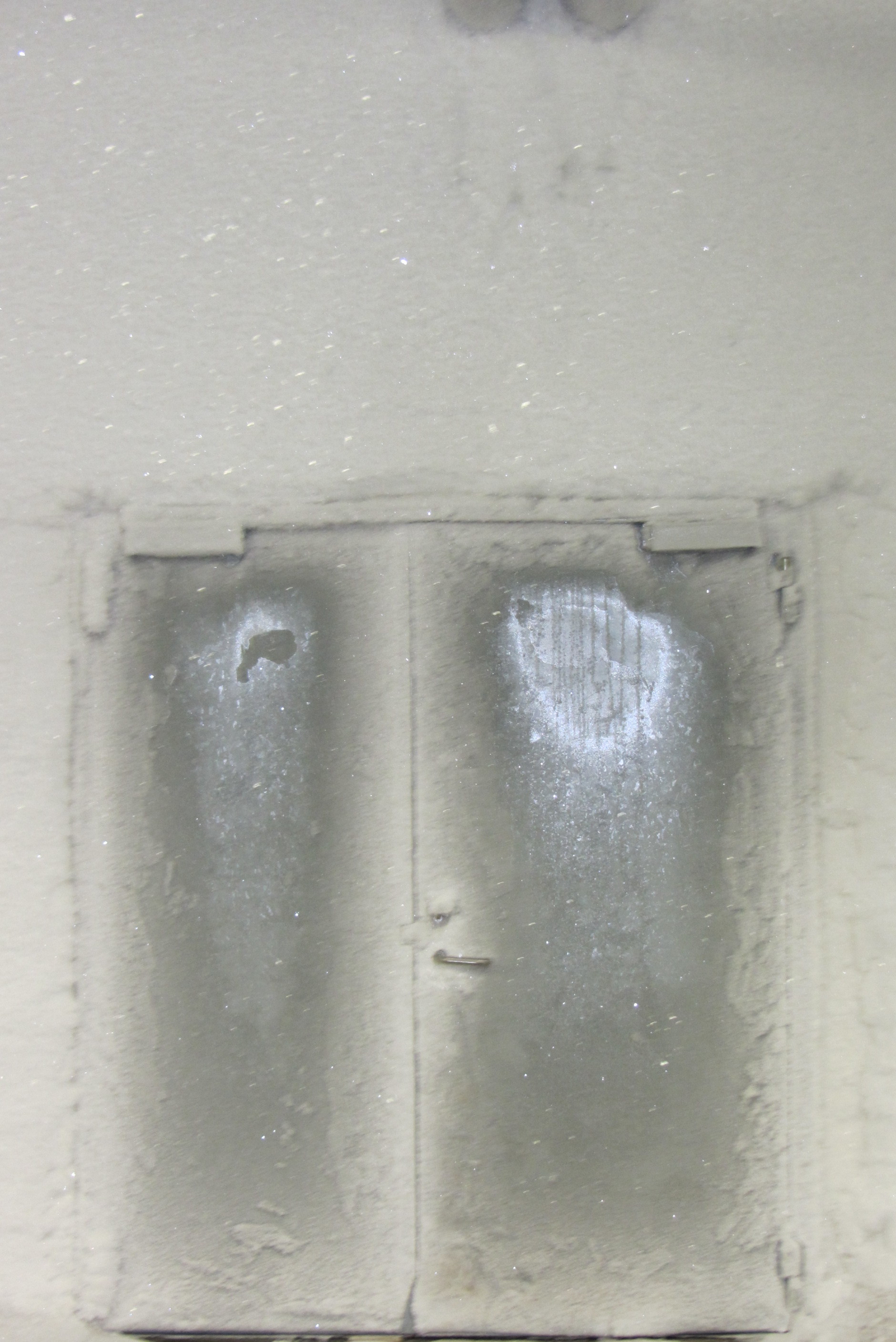
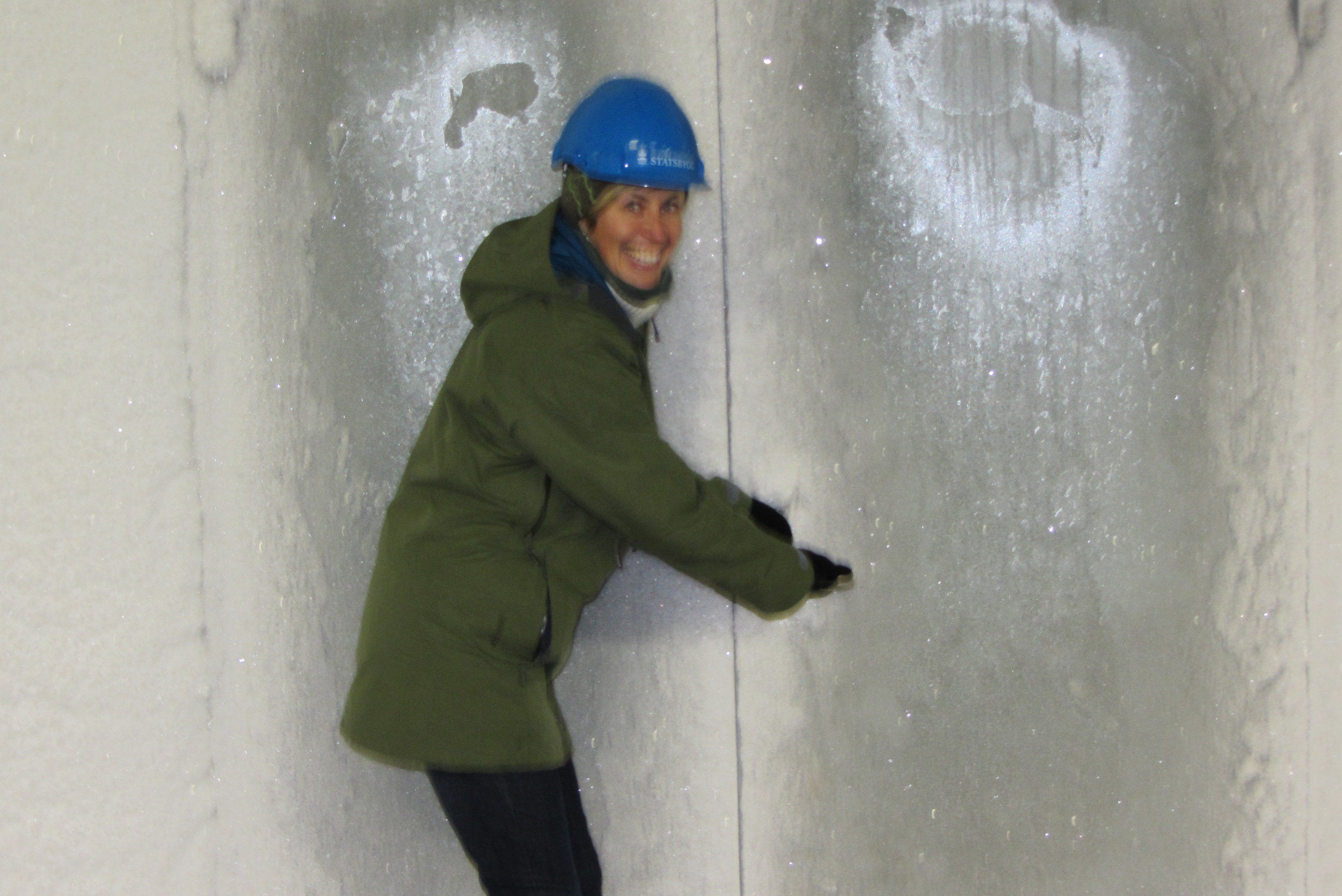
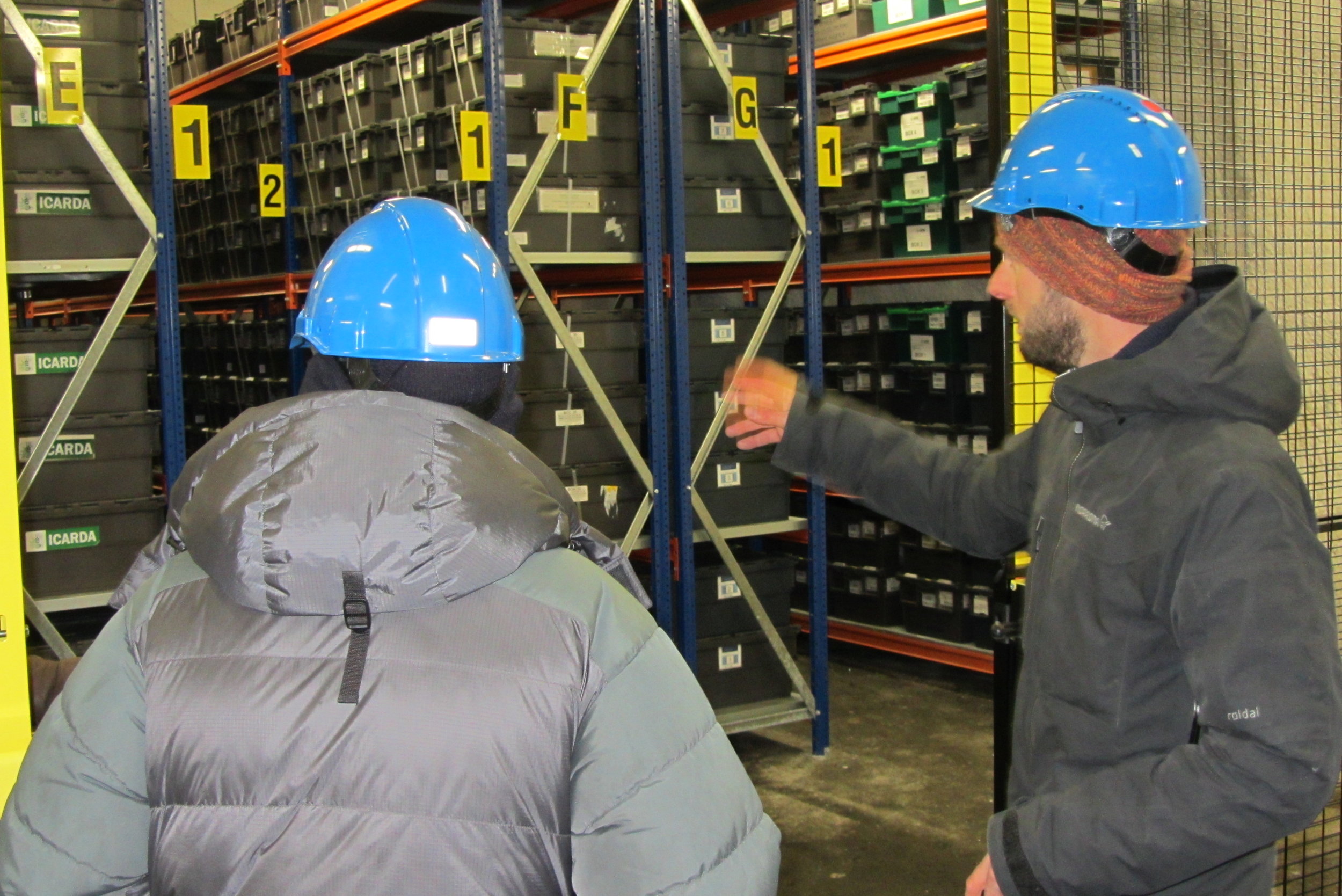
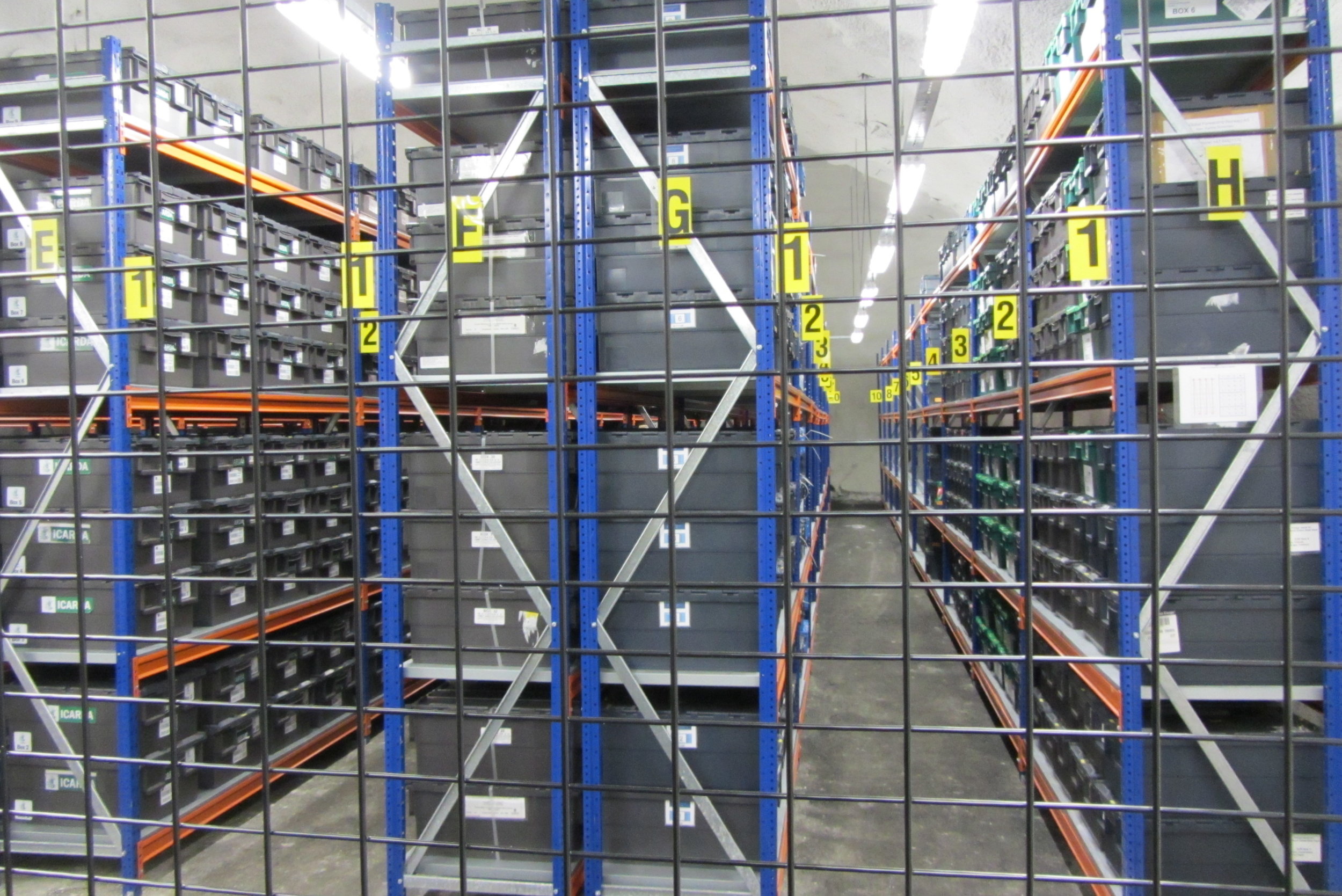
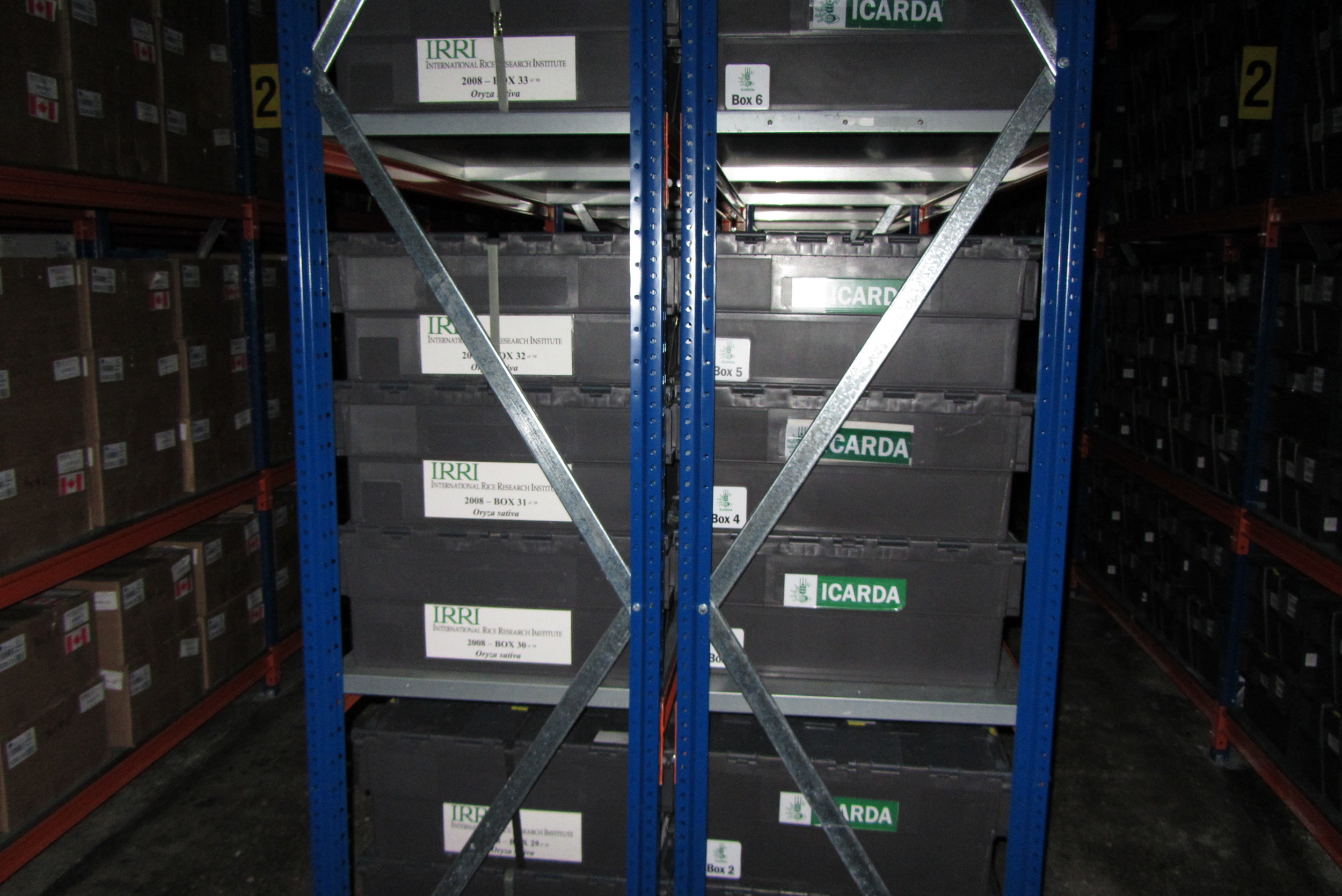
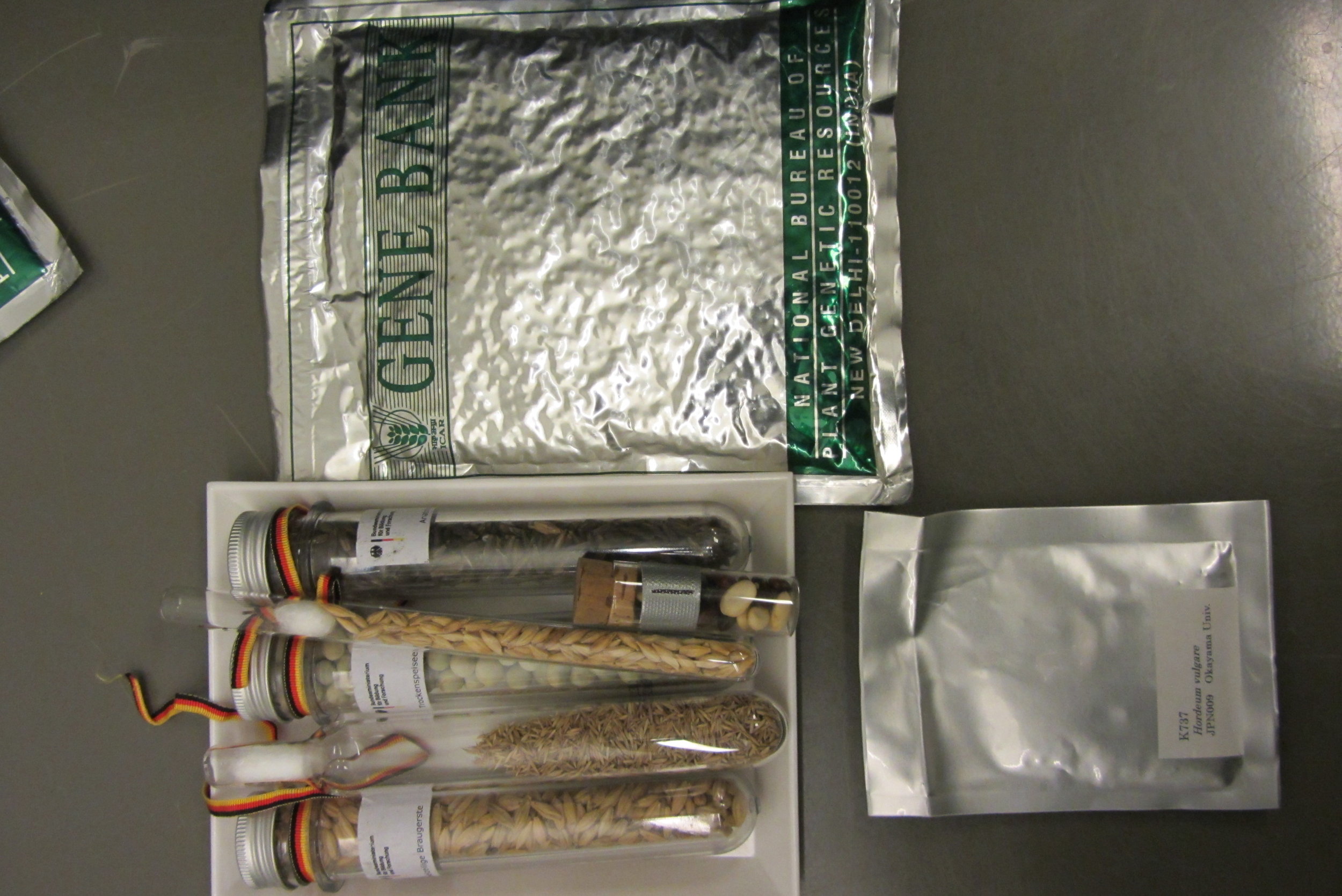
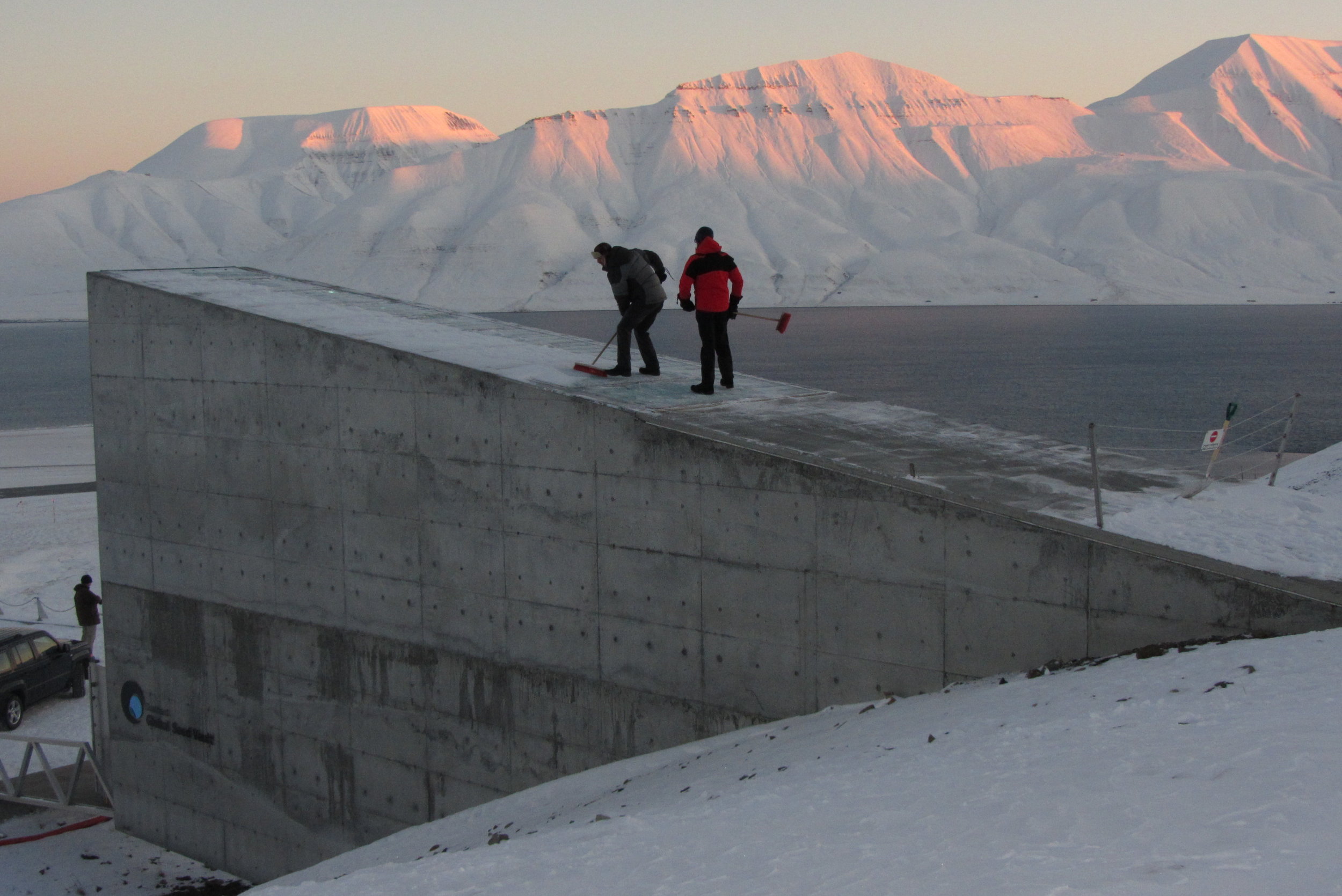
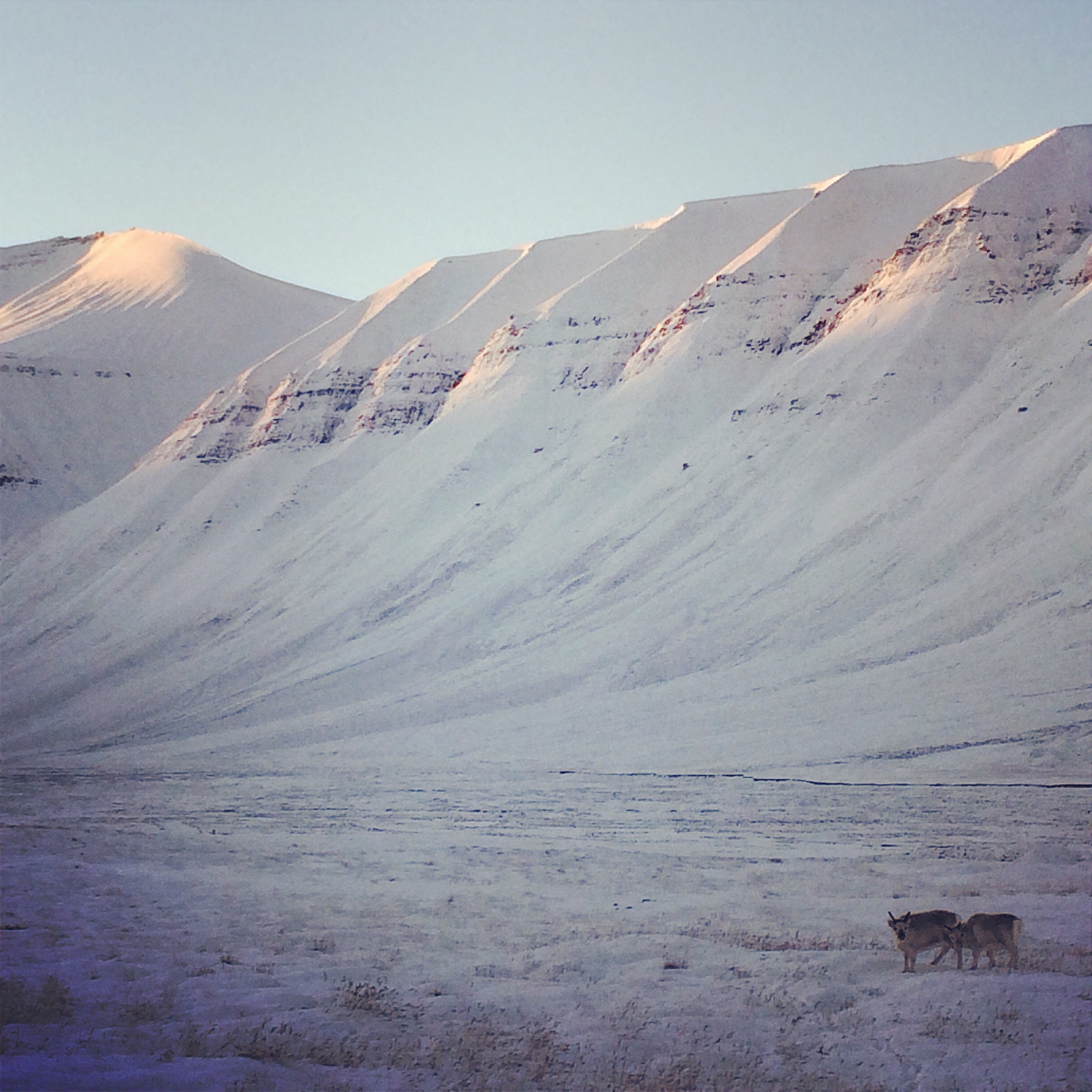
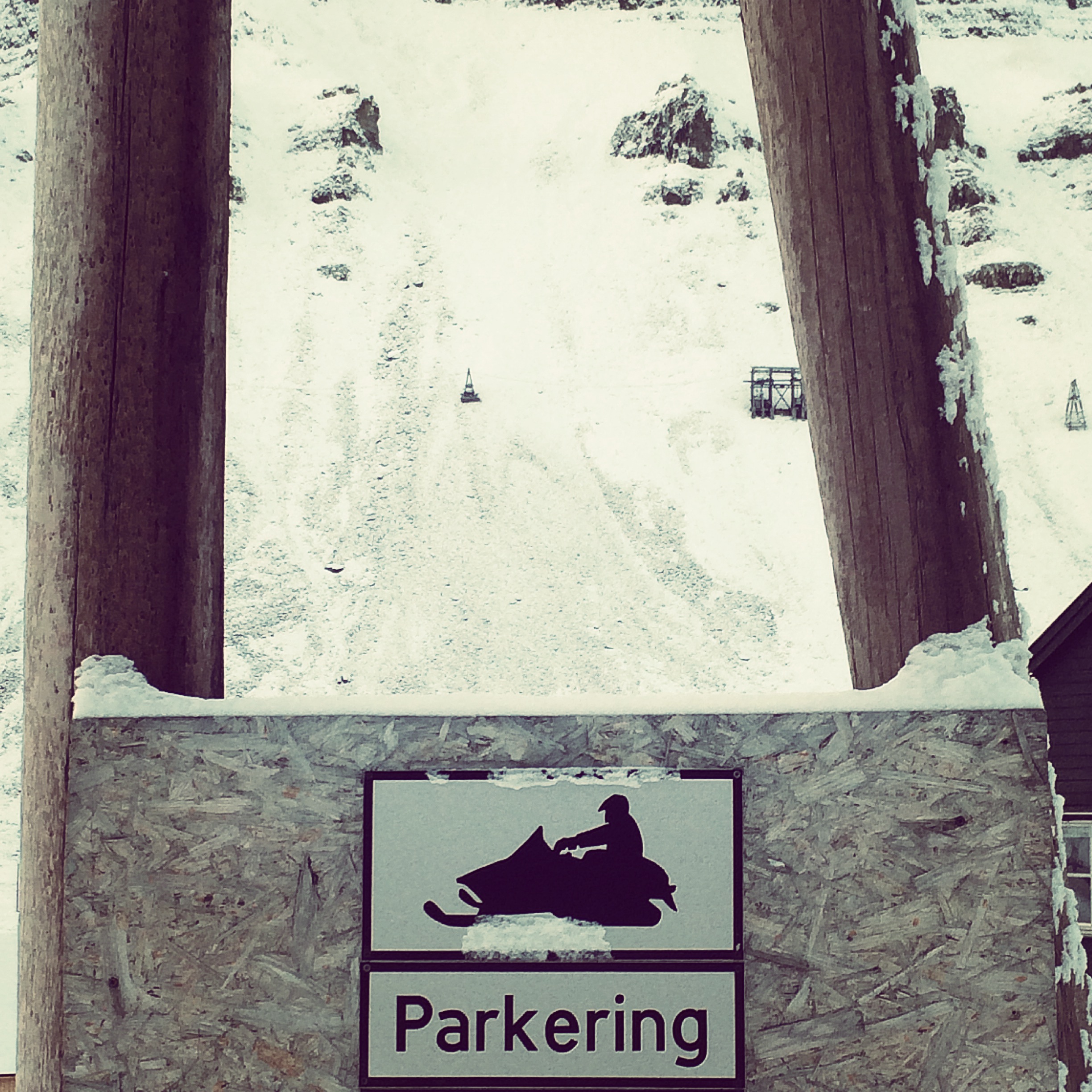
Norway administers the largest international collection of seed biodiversity – the Svalbard Global Seed Vault – that serves as a backup for other seed banks around the world. It is, however, recognized that such ex situ approaches need to be supplementary to, not in place of, in situ approaches that actively maintain crop biodiversity through active on farm cultivation, development and use.
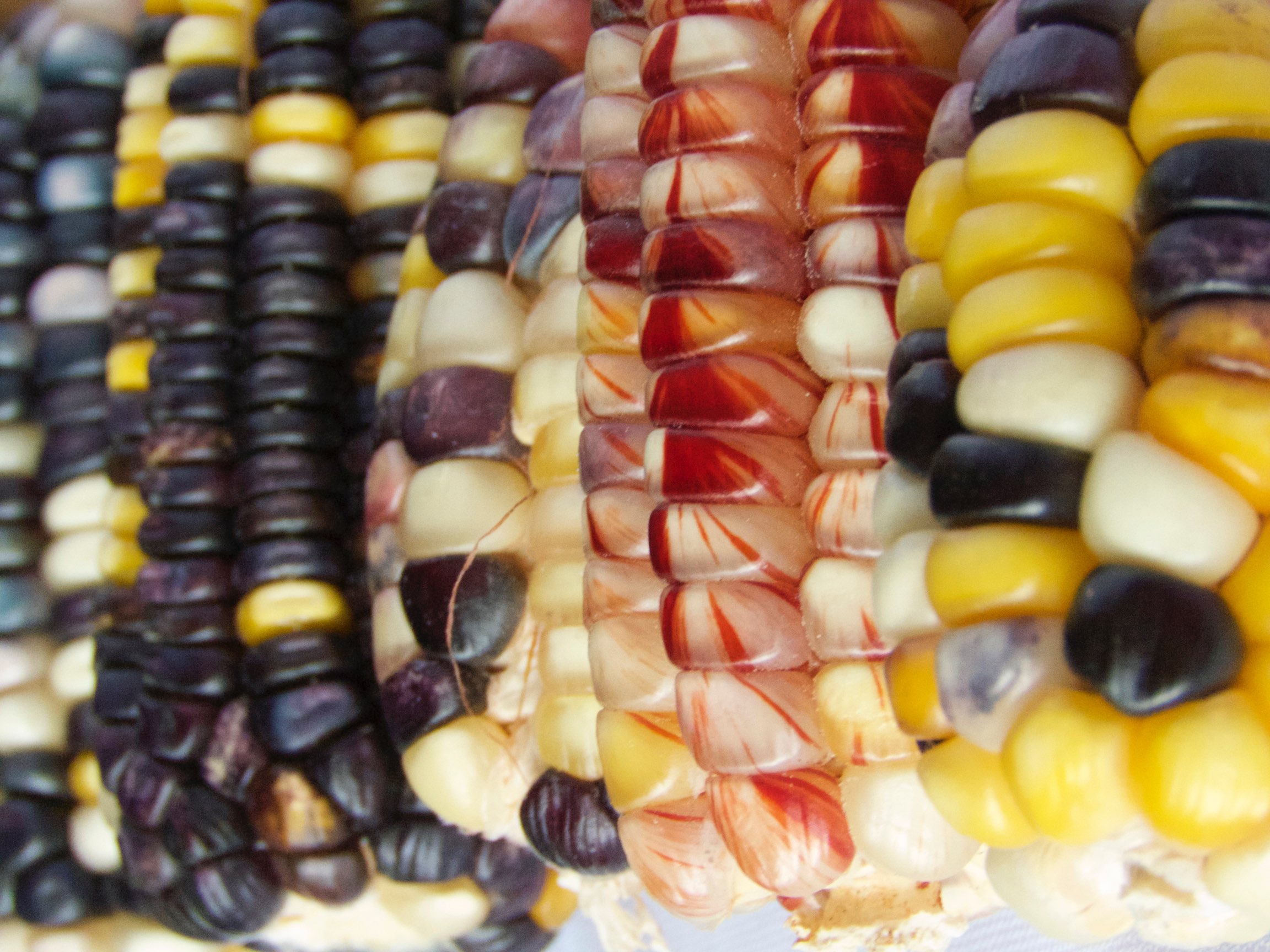
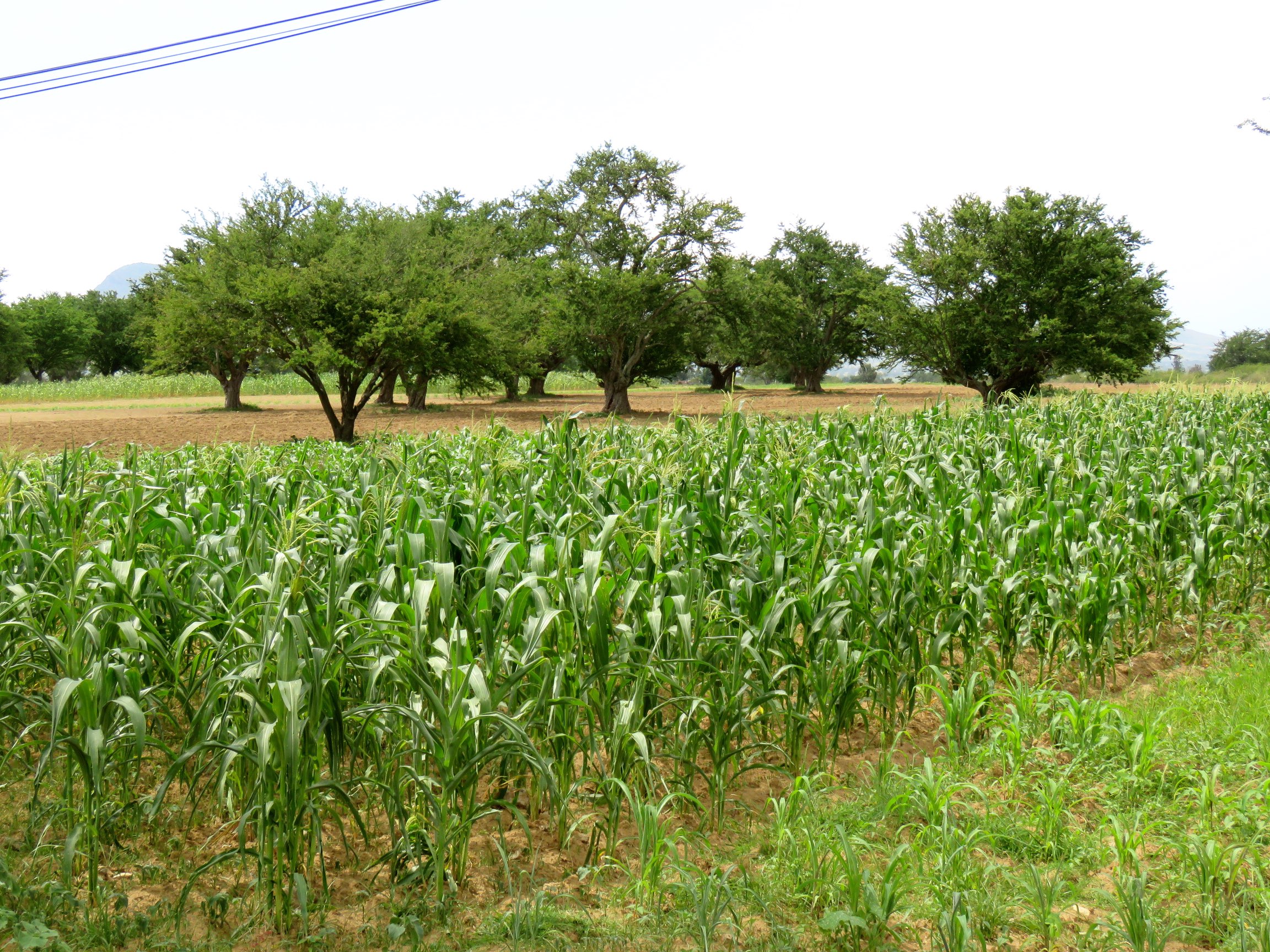
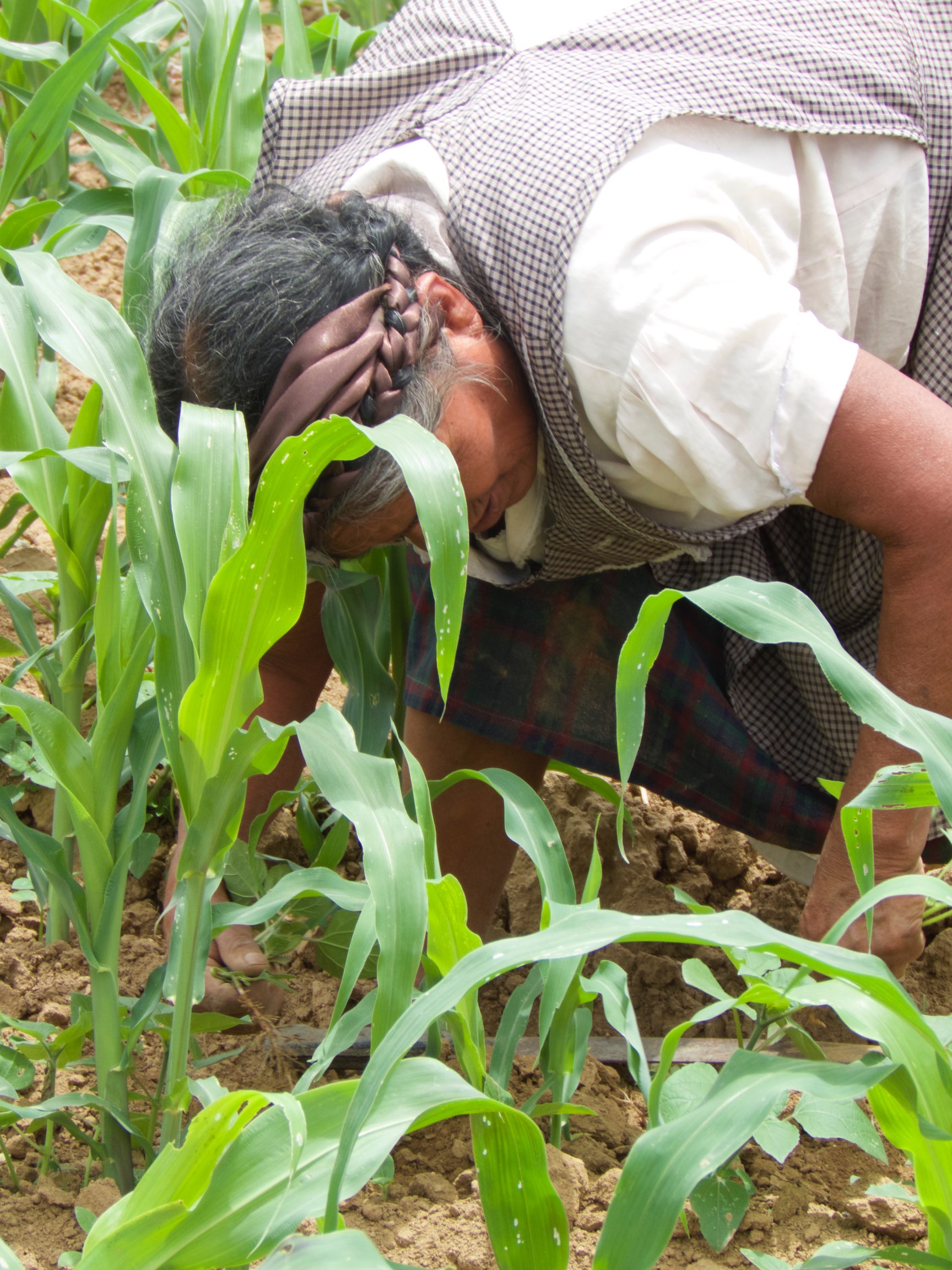
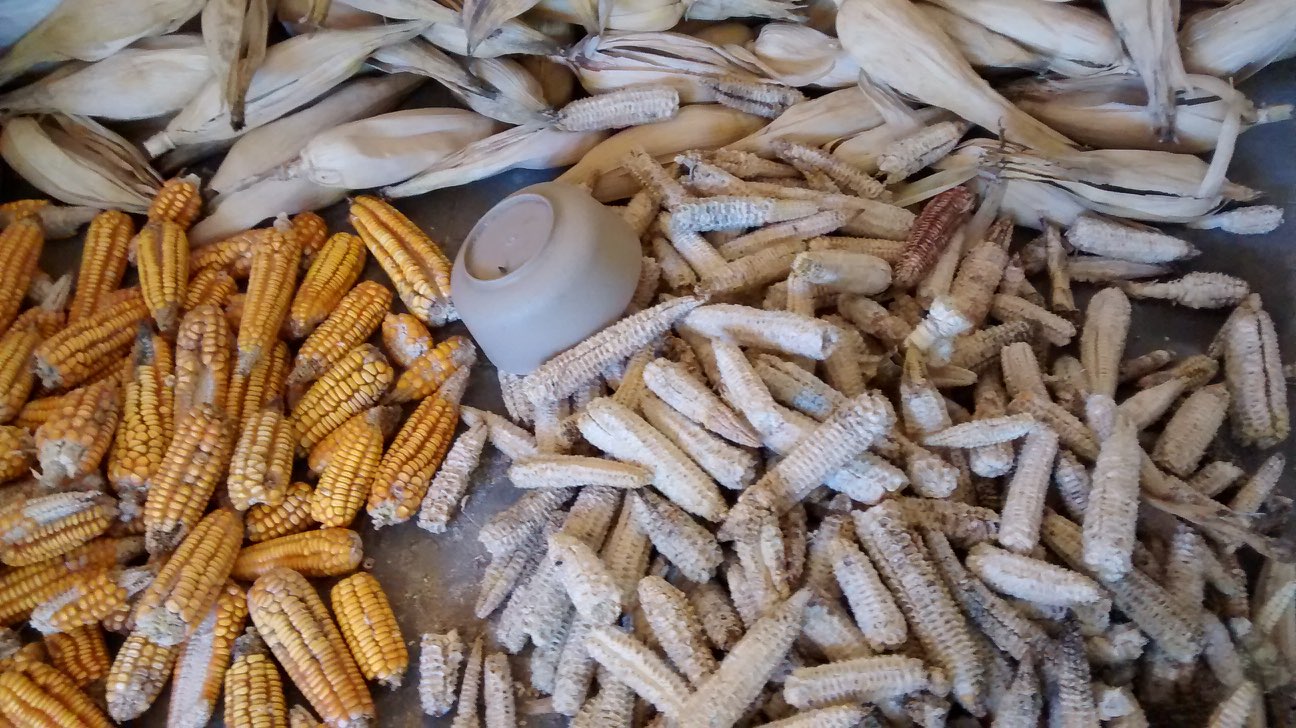

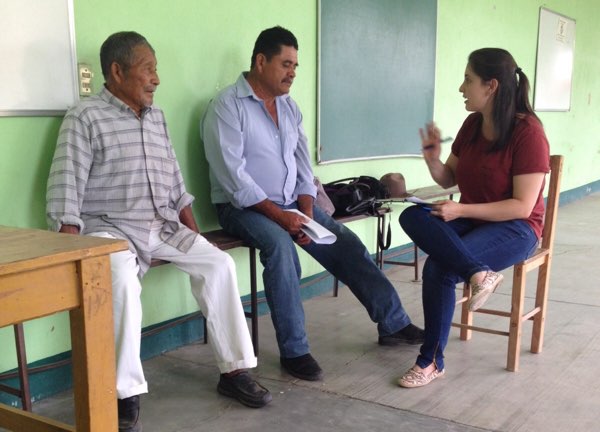
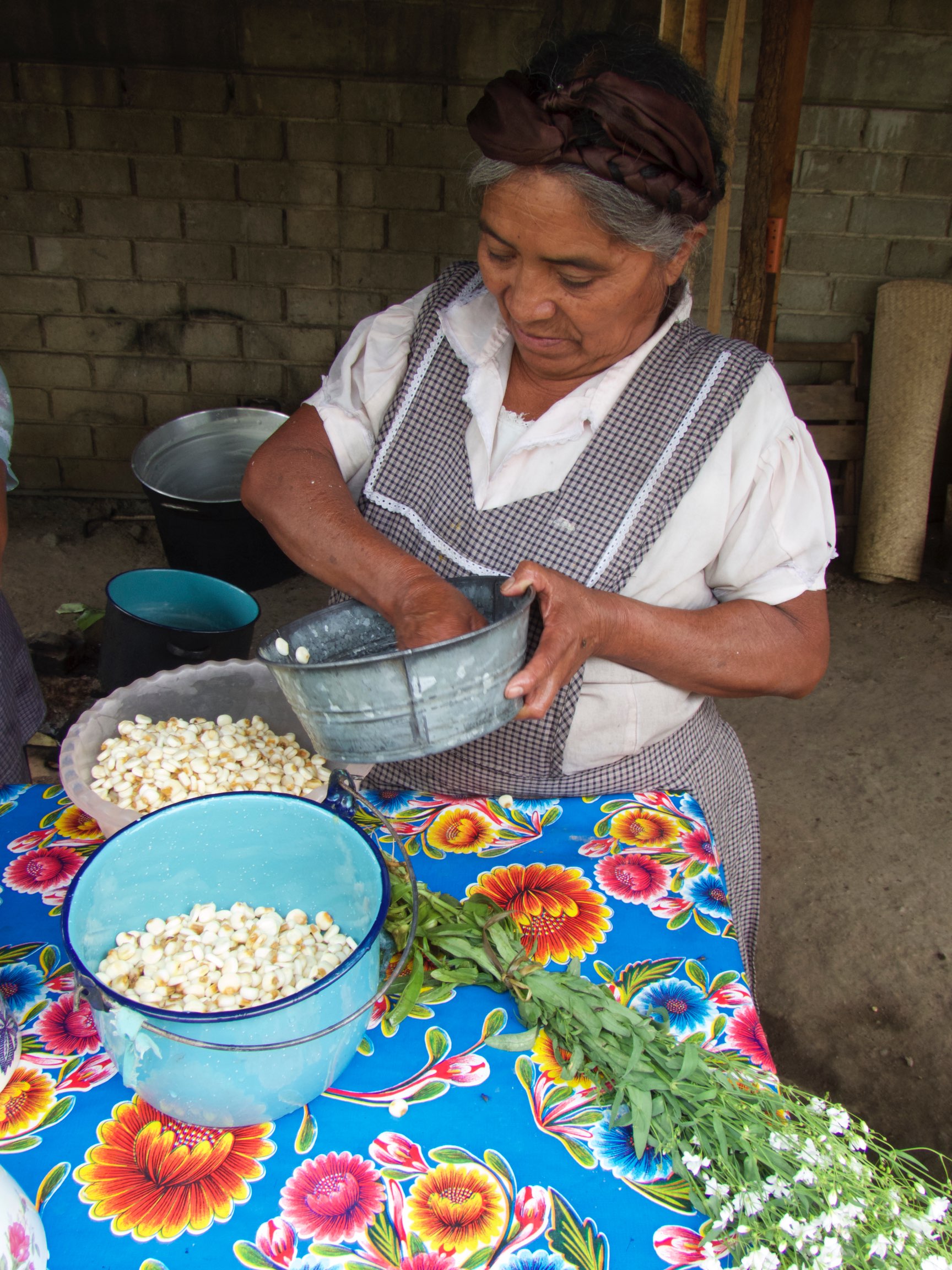

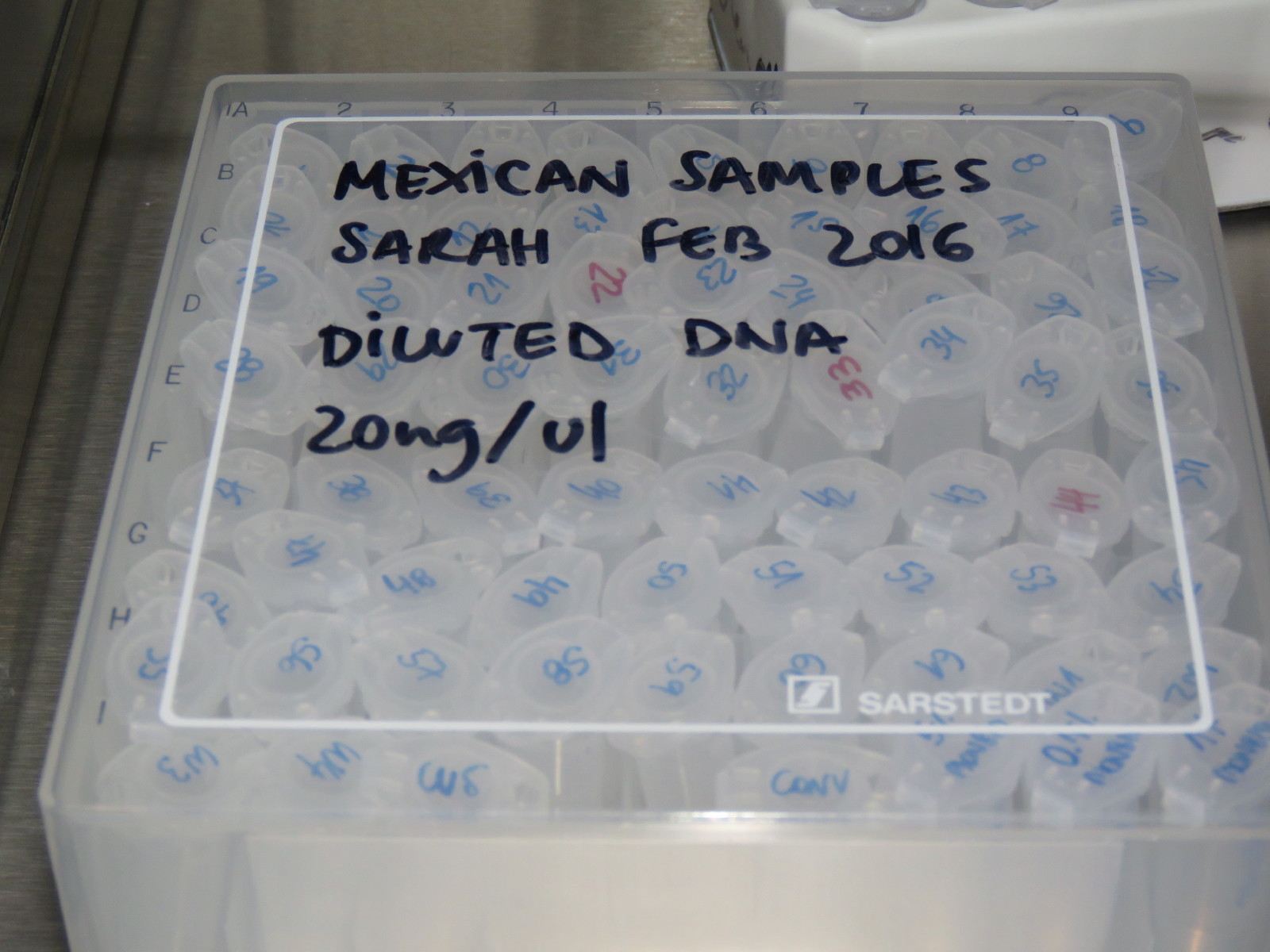
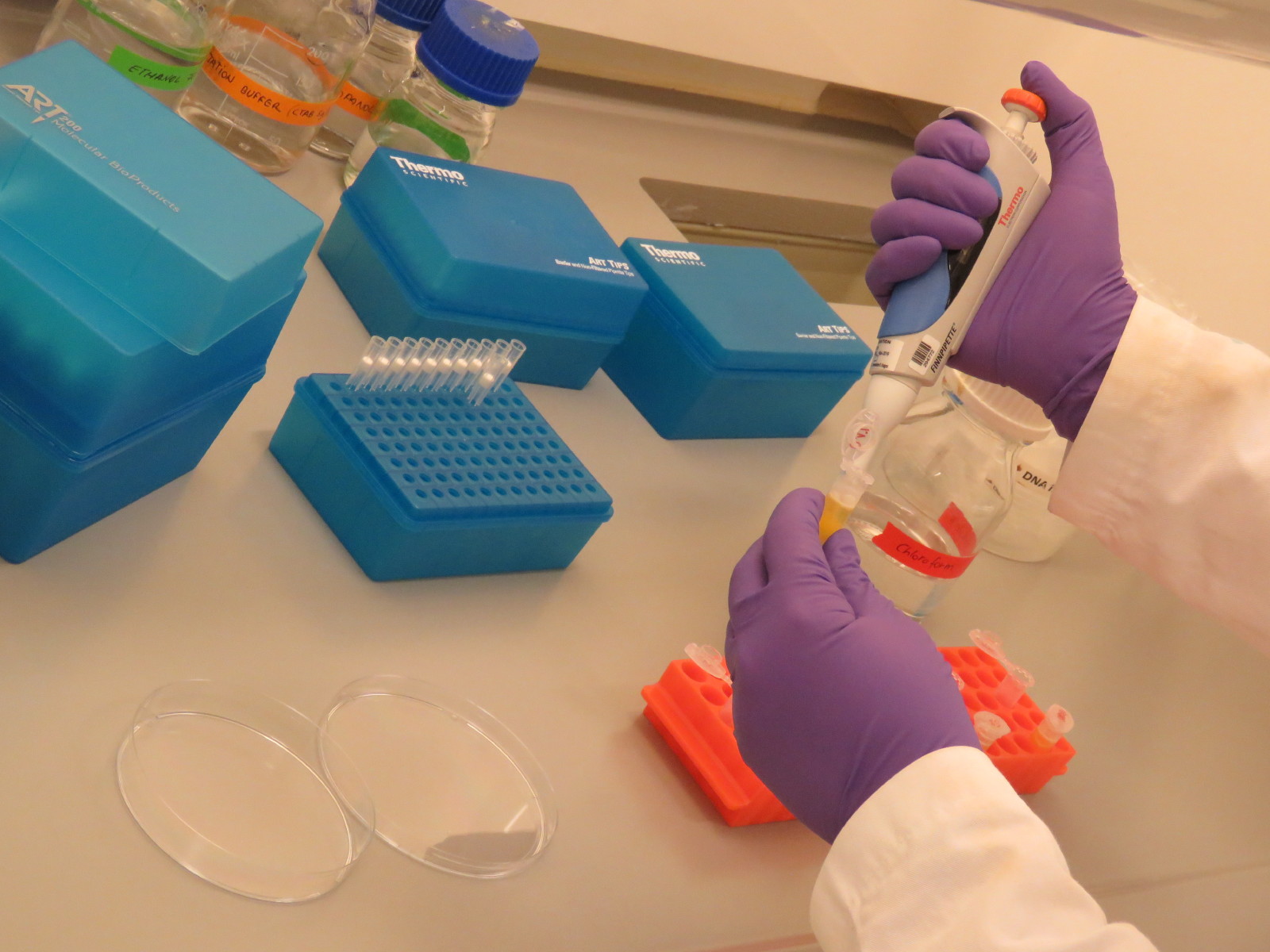
The biodiverSEEDy project aimed to:
a) understand the challenges facing in situ biodiversity conservation,
b) advance solutions to these challenges through participatory research with local actors, and
c) clarify how in situ and ex situ approaches can be combined for maximum benefit.
The project was focused on maize and worked in its centre of origin and diversity, Mexico. The work was performed in collaboration with local indigenous farming communities and grassroots organizations in Oaxaca.
In April 2018 as part of it’s closing activities, the project took a group of artists to Svalbard for an exhibition capturing and conserving cultural meaning alongside the millions of seeds stored in the Global Seed Vault.
Full documentary available Fall 2019
Publications from biodiverSEEDy
Rivera Lopez, Flor, Wickson, Fern and Helene Hausner, Vera. (2018) “Finding CreativeVoice: Applying Arts-based Research in the Context of Biodiversity Conservation” Sustainability 10(6): 1778.
Agapito-Tenfen, Sarah Z. and Wickson, Fern. (2017) “Challenges for transgene detection in landraces and wild relatives: learning from 15 years of debate over GM maize in Mexico” Biodiversity Conservation 27(3): 539-566.
Agapito-Tenfen, S., Rivera Lopez, F., Mallah, N., Abou-Slemayne, G., Trtikova M., Nodari, R.O. and Wickson, F. (2017). “Transgene flow in Mexican maize revisited: Socio-biological analysis across two contrasting farmer communities and seed management systems”, Ecology and Evolution 7(22): 9461-9472.
Pascual, U., Balvanera, P., Díaz, S., Pataki, G., Roth, ..., Wickson, F., Yagi, N. (2017) “Valuing nature’s contributions to people: the IPBES approach”, Current Opinion in Environmental Sustainability 26:7-16.
Wickson, F. (2016). “Do We Care About Synbiodiversity? Questions arising from an investigation into whether there are GM crops in the Svalbard Global Seed Vault”, Journal of Agricultural and Environmental Ethics 29:787-811.
Wickson, F. (2016) “Should genetically modified organisms be part of our conservation efforts?” The Conversation https://theconversation.com/should-genetically-modified-organisms-be-part-of-our-conservation-efforts-66508#comment_1129741 (published November 9th 2016)
Host
GenØk Centre for Biosafety